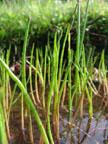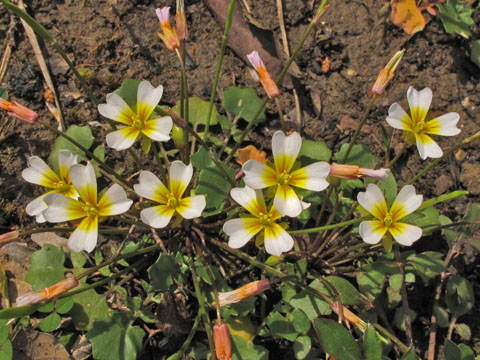




The conservation genetics program focuses on rare, reintroduced, and restored plant populations and addresses four areas of investigation:
1) Elucidating patterns of evolutionary history and phylogeography in closely related species complexes containing endangered species
2) Understanding the relationships between geographic range size and levels of genetic diversity in lineages with rare and widespread plant species
3) Understanding the potential for adaptive evolution, the genetic architecture of phenotypic traits, and how these are affected by environmental stress/variation in plant populations
4) Using genetic data to help understand the ecology and reproductive biology of endangered plants to aid in applied conservation and restoration efforts
Current projects in the lab include:
• Genotyping to understand the number of individuals in extinct-in-the-wild or critically endangered plant species
• Parentage analysis of genetic data to structure reintroductions of a self-incompatible, critically endangered species
• Comparisons of genetic diversity in rare and widespread congeners to understand whether small population size is negatively affecting the levels of genetic diversity in rare species
• Use of next-generation DNA sequence data to understand whether a taxonomically questionable, federally endangered species is genetically distinct from closely related species and deserving of federal protection
• Use of genetic data to understand information about the ecology and life history of endangered plants
• Use of DNA metabarcoding to understand the interactions between plants and nectar-feeding bats
Learn more about our projects
Understanding and improving the conservation of the interspecific variations of imperiled plants in ex situ collections (IMLS project)
The Avon Park Project
Ziziphus Project (Christy Edwards and Burgund Bassuner)
In collaboration with the Archibald Biological Station we conduct parental analysis of the critically endangered Ziziphus celata. A few individuals of the species were rediscovered in 1987. Our results help the conservationists to structure reintroductions of this self-incompatible species.